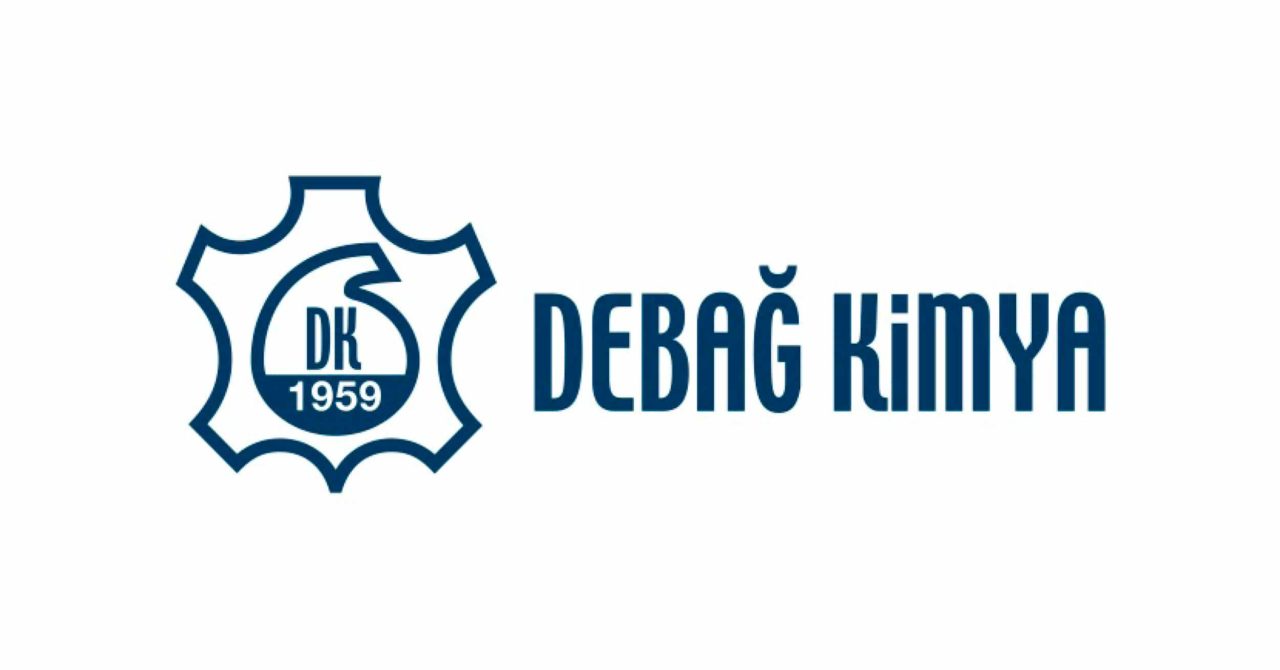Next, in the series of articles on MRSL chemicals, the Chem-MAP® team talk about organotin compounds, Polycyclic Aromatic Hydrocarbons (PAHs) and Perfluorinated compounds (PFCs) and identify under which global legislations they are regulated.
Over 140 separate CAS number chemicals feature in the ZDHC MRSL with their acceptable limits in leather, textile, and synthetic materials. Further detailed information on MRSL chemicals is available from one of our chemical management experts through the Chem-MAP® programme.
Organotin Compounds
Organotin compounds are tin-based compounds. They are found in PVC materials, PU coatings/adhesives and paints. Their uses include biocides, catalysts in polymer producing and antibiofouling in paints. The hazards associated with them include:
Regulations
The prohibition on the use of organotin compounds is laid down in Annex XVII to the EU Regulation (EC) 1907/2006 on the registration, evaluation, and authorisation of chemicals (REACH), which is directly applicable in all EU Member States. Typically, the limit of content for all these compounds in products is 0.1% per weight.
Polycyclic Aromatic Hydrocarbons (PAHs)
These are organic compounds which, as the name suggests, only contain carbon and hydrogen atoms in aromatic ring formations. PAHs can be found in, but not limited to, footwear, dyestuffs, lubricants, and textiles. The hazards associated with them include:
Regulations
The European Commission published the Regulation (EU) No.1272/2013 to amend Entry 50 of Annex XVII to REACH Regulation (EC) No.1907/2006 on the restrictions of polycyclic aromatic hydrocarbons (PAH). The requirements, which came into force in 2015, are as follows:
| Article | Limit of PAH |
|
0.5 mg/kg each |
All other articles supplied to the general public, for example:
|
1.0 mg/kg each |
Polycyclic-aromatic hydrocarbons (PAH) concerned:
(1) Benzo[a]pyrene (BaP) (CAS No 50-32-8)
(2) Benzo[e]pyrene (BeP) (CAS No 192-97-2)
(3) Benzo[a]anthracene (BaA) (CAS No 56-55-3)
(4) Chrysen (CHR) (CAS No 218-01-9)
(5) Benzo[b]fluoranthene (BbFA) (CAS No 205-99-2)
(6) Benzo[j]fluoranthene (BjFA) (CAS No 205-82-3)
(7) Benzo[k]fluoranthene (BkFA) (CAS No 207-08-9)
(8) Dibenzo[a,h]anthracene (DBAhA) (CAS No 53-70-3)
Perfluorinated compounds (PFCs)
Family of fluorine-containing chemicals with unique properties to make materials water, stain and stick resistant. The issues and hazards associated with them include:
Regulations
Regulations for PFCs will vary by chemical group. For example:
Perfluorooctane sulfonic acid and its derivatives (PFOS) is not entirely banned in EU. Its restriction conditions (see table below) are set by COMMISSION REGULATION (EU) No 757/2010 amending the annex I of the Regulation (EC) No 850/2004 on POPs.
| Product | Limit |
| Substances or preparations | The concentration of PFOS <=10 mg/kg |
| Semi-finished products or articles, or parts | The concentration of PFOS <0.1 % by weight calculated with reference to the mass of structurally or micro-structurally distinct parts that contain PFOS. |
| Textiles or other coated materials | The amount of PFOS i<1 μg/m2 of the coated material. |
| Excepted uses: | Photoresists or anti-reflective coatings for photolithography processes, photographic coatings, provided certain conditions are met. |
Further Information on MRSL Chemicals
Contact one of our chemical management experts today for further information on how you can manage MRSL chemicals through Chem-MAP® and the ZDHC MRSL. Email info@chem-map.com, call +44 (0)1604 679999 or complete the contact form at the bottom of this web page.

Vegan Verification is an innovative programme from Eurofins | Chem-MAP which risk assesses materials and components, as well as providing testing of chemicals and materials, to establish whether any animal or by-products have been used. The Vegan Verification Programme can be used to test various products from footwear and...
Published 24th April 2024 Read more
